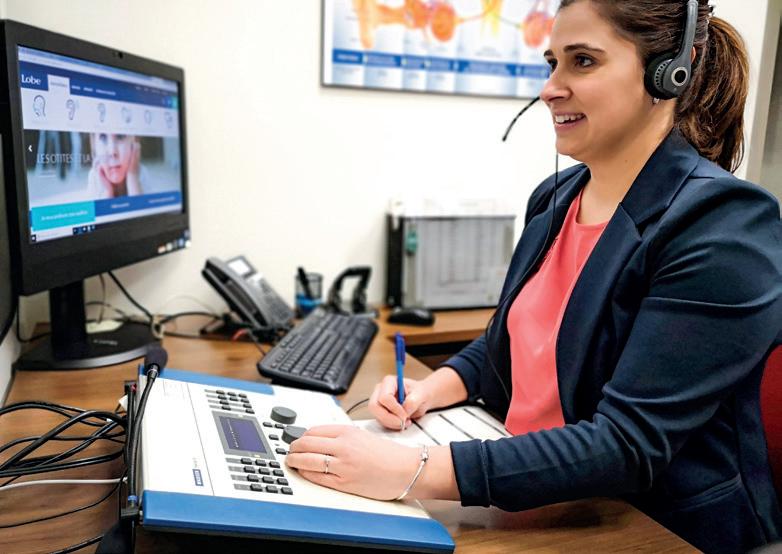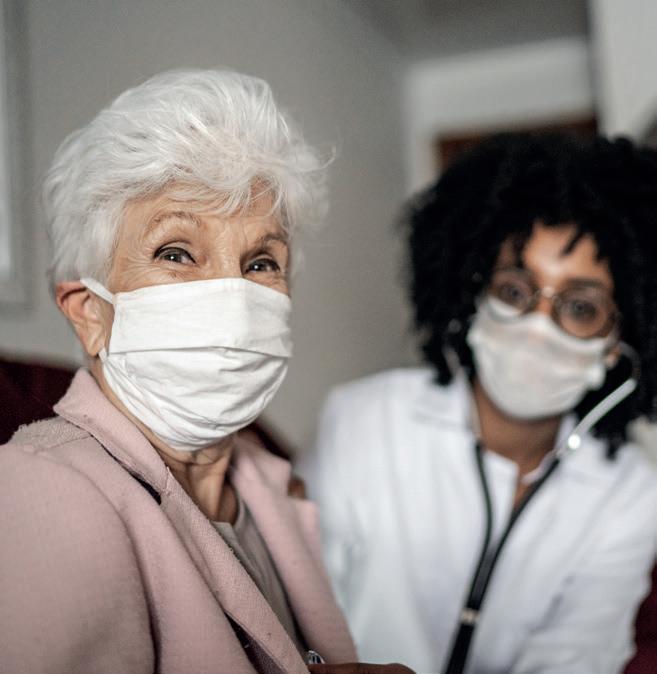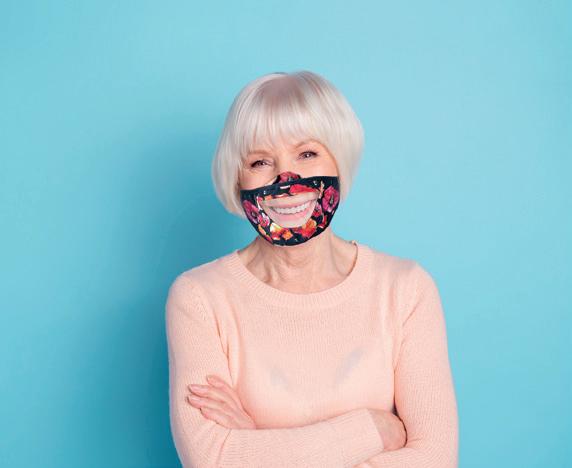
1 minute read
DEVELOPING OUR COLLECTIVE CONSCIOUSNESS… TOGETHER
Since March 2020, we’ve all been asked to help protect the most vulnerable among us by complying with measures that often feel difficult and restrictive.
Near-daily statistics show us that these measures are working, and that encourages us to keep working together. However, it does make us wonder: Will this group effort spark a type of awareness that will persist into our “new normal”? It’s one thing to understand that we’re all at risk from a threat that can strike at any time. It’s entirely another to realize that some members of our society are dealing with a whole other set of threats to their health, safety, and right to live with dignity. These inequalities are omnipresent, but they rarely make headlines. And all too often, it’s hard for us to see them and understand just how pervasive they are. The social isolation brought about by the pandemic has reminded us of our vulnerability as individuals. Reading the book Du plomb dans les ailes : Avis sur les inégalités sociales, published in French by Centraide Québec, Chaudière-Appalaches and Bas-Saint-Laurent in October 2020 by Les éditions du Septentrion, reminds us of a broader issue: the existence and consequences of inequalities in our own society. These inequalities are many and varied, stemming from differences in income, employment, education, health, and the environment, among others. This book is a wake-up call of sorts. Its goal is to mobilize us and encourage us to advocate for greater social justice. If you can read French, I unequivocally recommend this book. You can pick up a paper or digital version from a bookstore or library near you.
Martine Rodrigue
Executive Director
Association québécoise de défense des droits des personnes retraitées et préretraitées Lévis-Rive-Sud (AQDR)
Reference - Centraide Québec, Chaudière-Appalaches and Bas-Saint-Laurent. Du plomb dans les ailes. Avis sur les inégalités sociales. Septentrion. 2020. 192 pages.
OUR PARTNERS
Thank you!
To the writers who have spent time writing the articles published in this magazine, and who generously agreed to share their knowledge.







